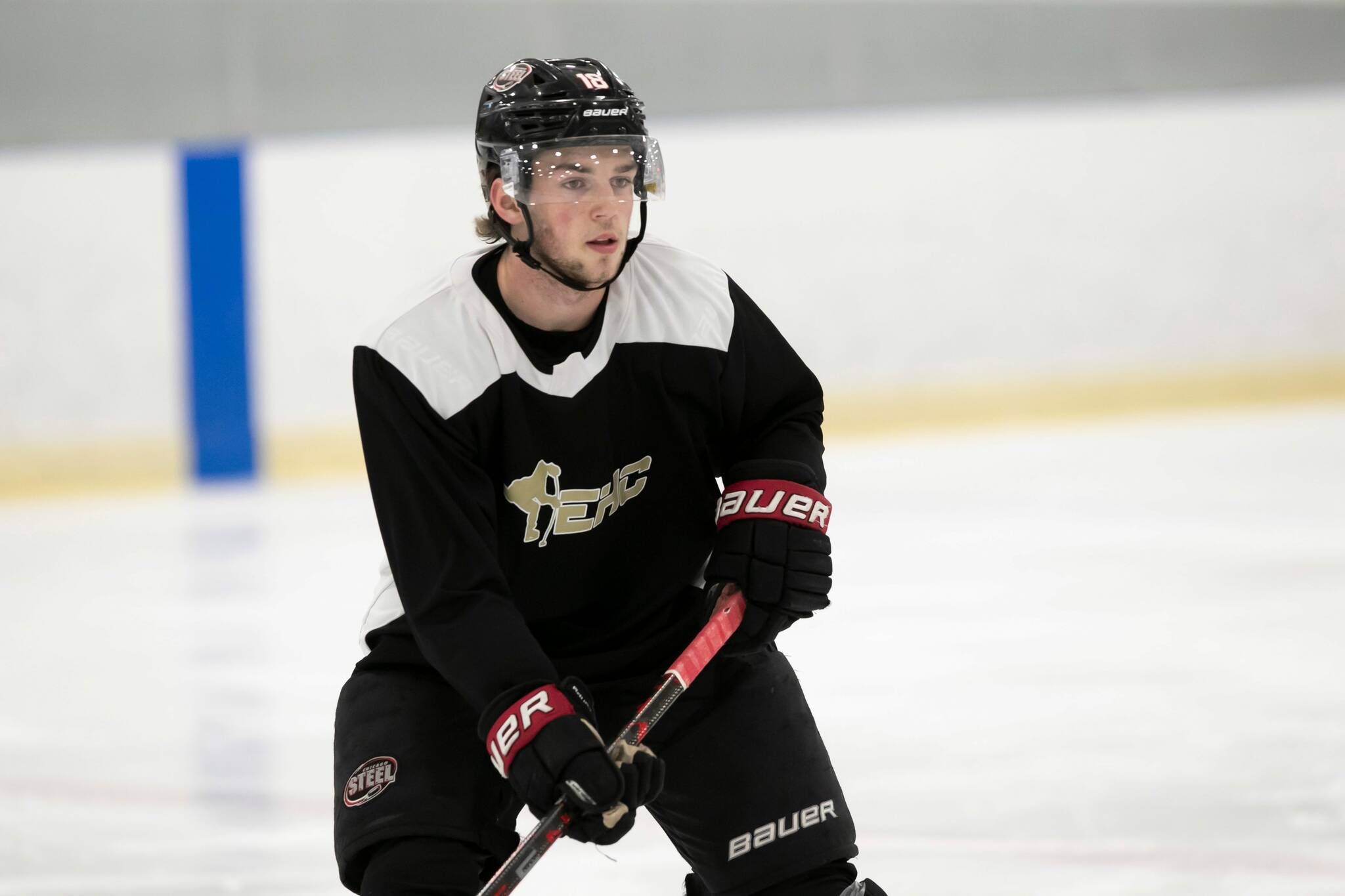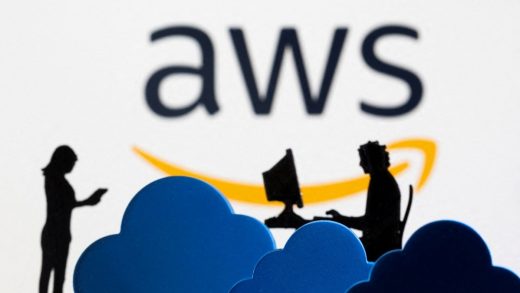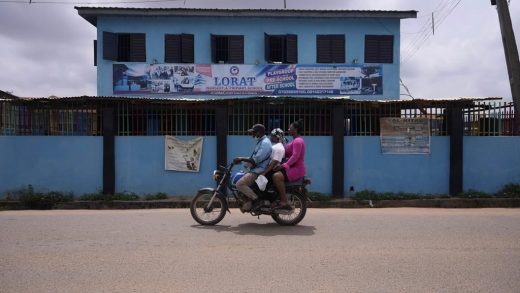
Navigating the sometimes bewildering landscape of elite hockey in North America can be difficult and Sean Hogan wants to help.
The executive director of College Hockey Inc., a grant-based organization that promotes NCAA hockey, will be in Winnipeg next week as part of the Winnipeg NCAA Hockey Summit to speak to prospective college players and their parents.
Recent suggestions that the NCAA was preparing to lift a 40-year ban on players who have played or signed with Canadian Hockey League teams has been a hot topic, with far reaching implications for prospects deciding between the college or major-junior routes.

DAVID GOLDMAN / ASSOCIATED PRESS FILES
UND forward Jayden Perron is one of only three Manitobans recruited by NCAA Division I schools who didn’t play in the MJHL.
“I would say amongst Canadians, that is probably the most frequently asked question right now,” said Hogan by telephone from Fredericton, N.B., Thursday. “It is important to understand the rule hasn’t changed, so that’s going to be the messaging.
“If you sign in the CHL today, you will be ineligible for NCAA hockey. It’s unlikely to change in the near future… And there’s also no guarantee that when and if the rule changes, players who are in the CHL at that time will be retroactively eligible.”
For those Manitoba prospects keen on pursuing an NCAA hockey scholarship, Hogan insists you don’t have to leave the province to get noticed.
Of the 23 Manitobans currently playing in Division I, only three — Michigan Tech forward Isaac Gordon, Wisconsin defenceman Anthony Kehrer and University of North Dakota forward Jayden Perron — were recruited without spending time in the Manitoba Junior Hockey League.
Nine of the 23 got their college commitments while playing in the MJHL.
“We take a look at where players play at 16, 17, 18, 19 and 20 years old on the road to NCAA Division I and for players from Manitoba, the vast majority of those players will spend time in the MJHL,” said Hogan. “You can play your U15, your U16, your U18 AAA hockey in Manitoba.
“Then play maybe for one year in the MJHL — maybe it’s all three years in the Manitoba Junior Hockey League — on the road to NCAA Division I. You don’t have to leave to earn a NCAA Division I opportunity.”
But playing junior A hockey in Western Canada is also more uncertain now since the B.C. Hockey League severed of ties with Hockey Canada and the subsequent mid-season departure of five Alberta Junior Hockey League teams to the BCHL.
“It’s hard to say how that’s gonna play out,” said Hogan, whose organization receives most of its funding from the NHL. “We’ll have to see. But for the local Winnipeg kids and local families, they can feel confident that they don’t have to send their kid to the U.S. at 16 to earn college hockey opportunities. They can stay home.”
The Winnipeg NCAA Hockey Summit, which begins Wednesday at the Hockey For All Centre, is an opportunity for WHL Draft eligible players born in 2009 and 2010 to get better informed.
On- and off-ice sessions are scheduled.
“It’s a networking opportunity for these young kids,” said Dean Court, business and amateur hockey development & programming manager at True North Sports & Entertainment. “… I think this is where a lot of parents are naive, and it’s only because I’m in the industry that I have a little bit more experience that allows less of a stress level.
“What should your kids do if they’re an elite hockey player? Where should they go? How do they conduct themselves and what’s it like when they leave (home) at 16 or 17 years old? I get a lot of calls regularly from parents.”
While Court stresses he is impartial on the subject, two of his offspring opted for NCAA. His son, Zach, played in USHL and BCHL before spending four years at the University of Alaska-Anchorage while Sam, who begins his college career at Arizona State this fall, spent development seasons in the AJHL and USHL.
Hogan emphasizes the point that college hockey and major junior operate on different schedules. The WHL drafts 14-year-olds who are eligible to play in their 16-year-old seasons while the average commitment age of Manitoba players going to the NCAA is 19.1.
“There’s a lot of pressure and anxiety on the young Western Canadian player because the WHL Draft happens at a young age,” said Hogan. “And they’re not even eligible to talk to a college coach until January of Grade 10. And then the average commitment age is almost 19. It’s just understanding when things happen because it’s not apples to apples. The WHL is an under-20 junior league that drafts players at 14 and college hockey takes place after that. So the commitment age is much later.”

Mike Sawatzky
Reporter
Mike Sawatzky is a sports reporter at the Free Press. He has been working at the newspaper since 2003. Read more about Mike.
Every piece of reporting Mike produces is reviewed by an editing team before it is posted online or published in print — part of the Free Press‘s tradition, since 1872, of producing reliable independent journalism. Read more about Free Press’s history and mandate, and learn how our newsroom operates.
Our newsroom depends on a growing audience of readers to power our journalism. If you are not a paid reader, please consider becoming a subscriber.
Our newsroom depends on its audience of readers to power our journalism. Thank you for your support.


